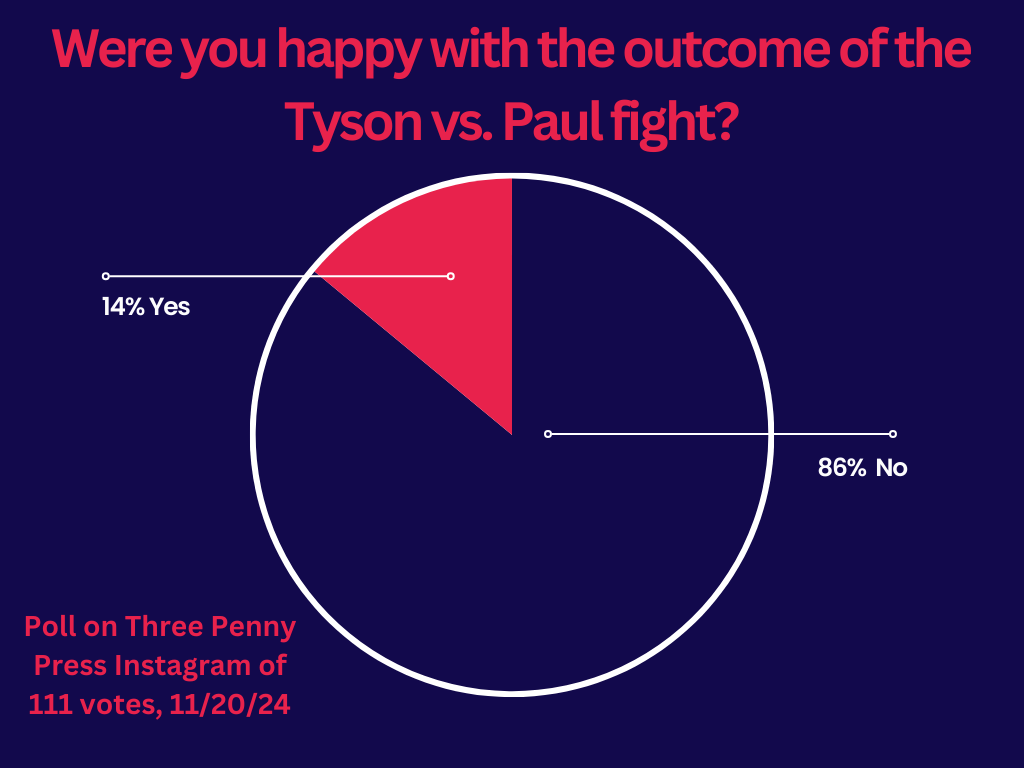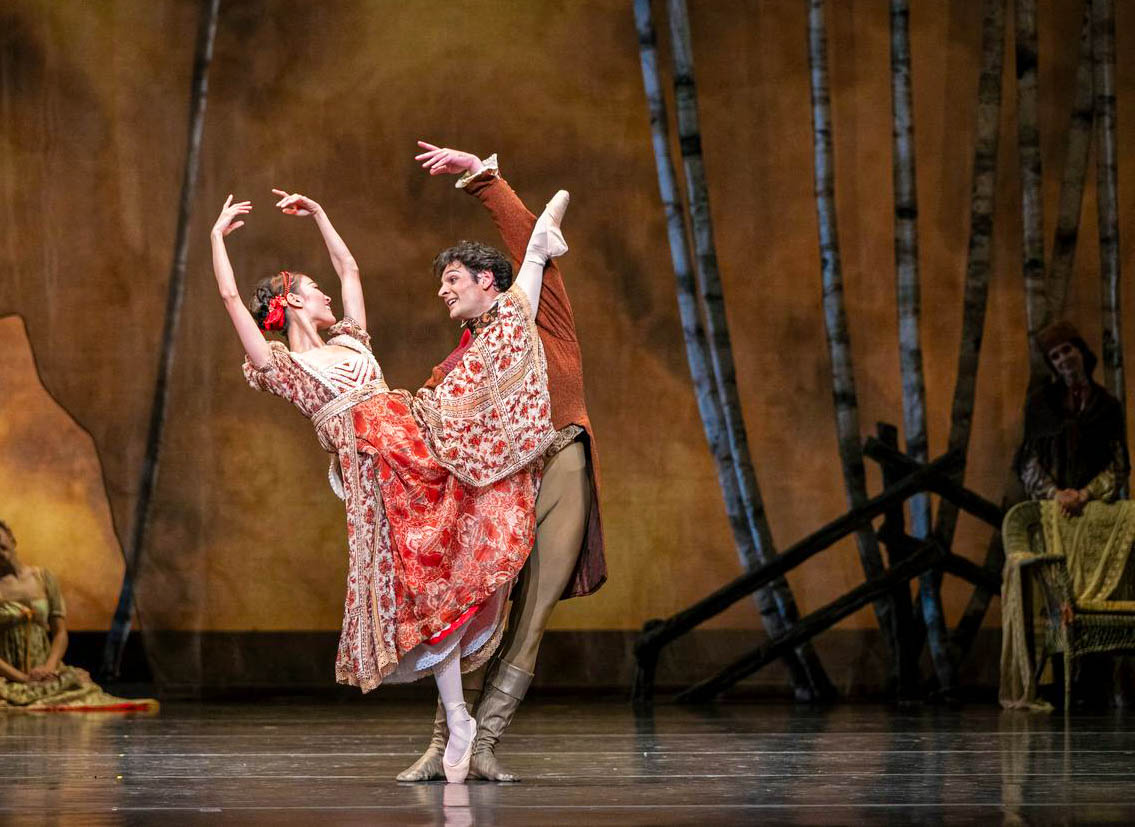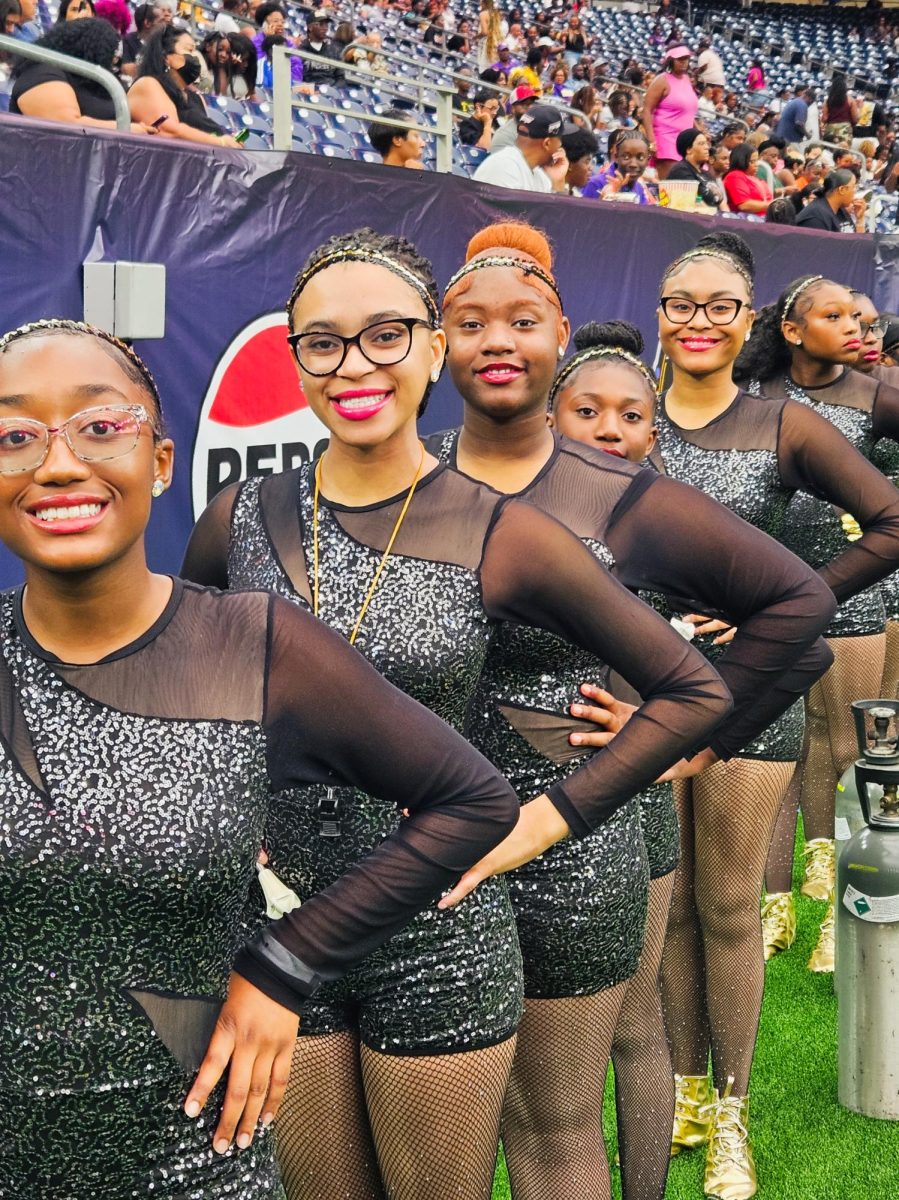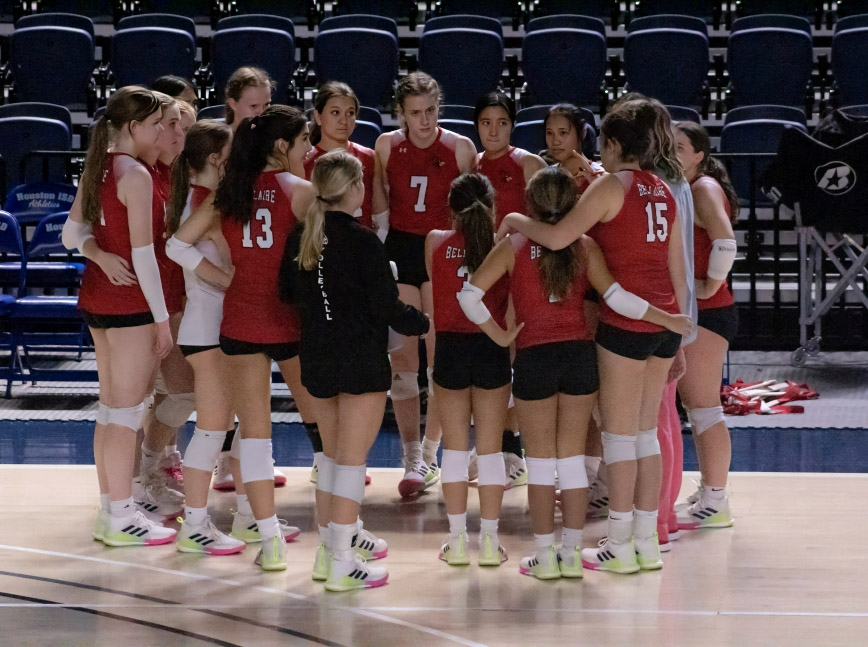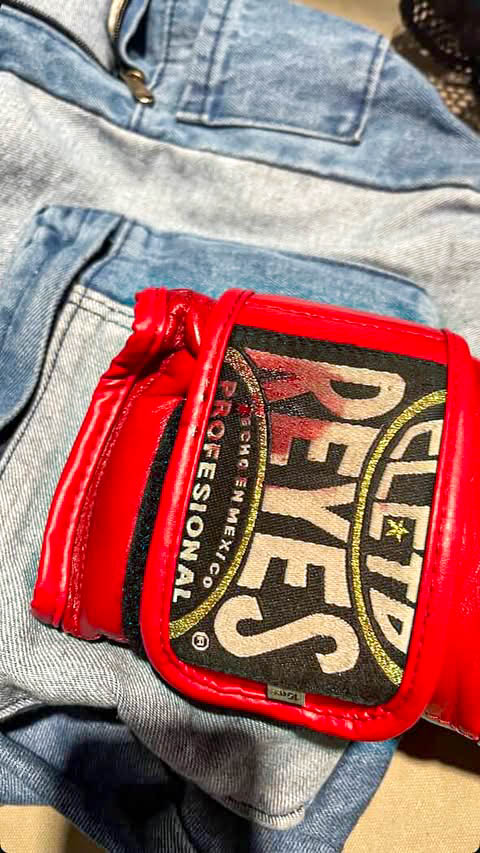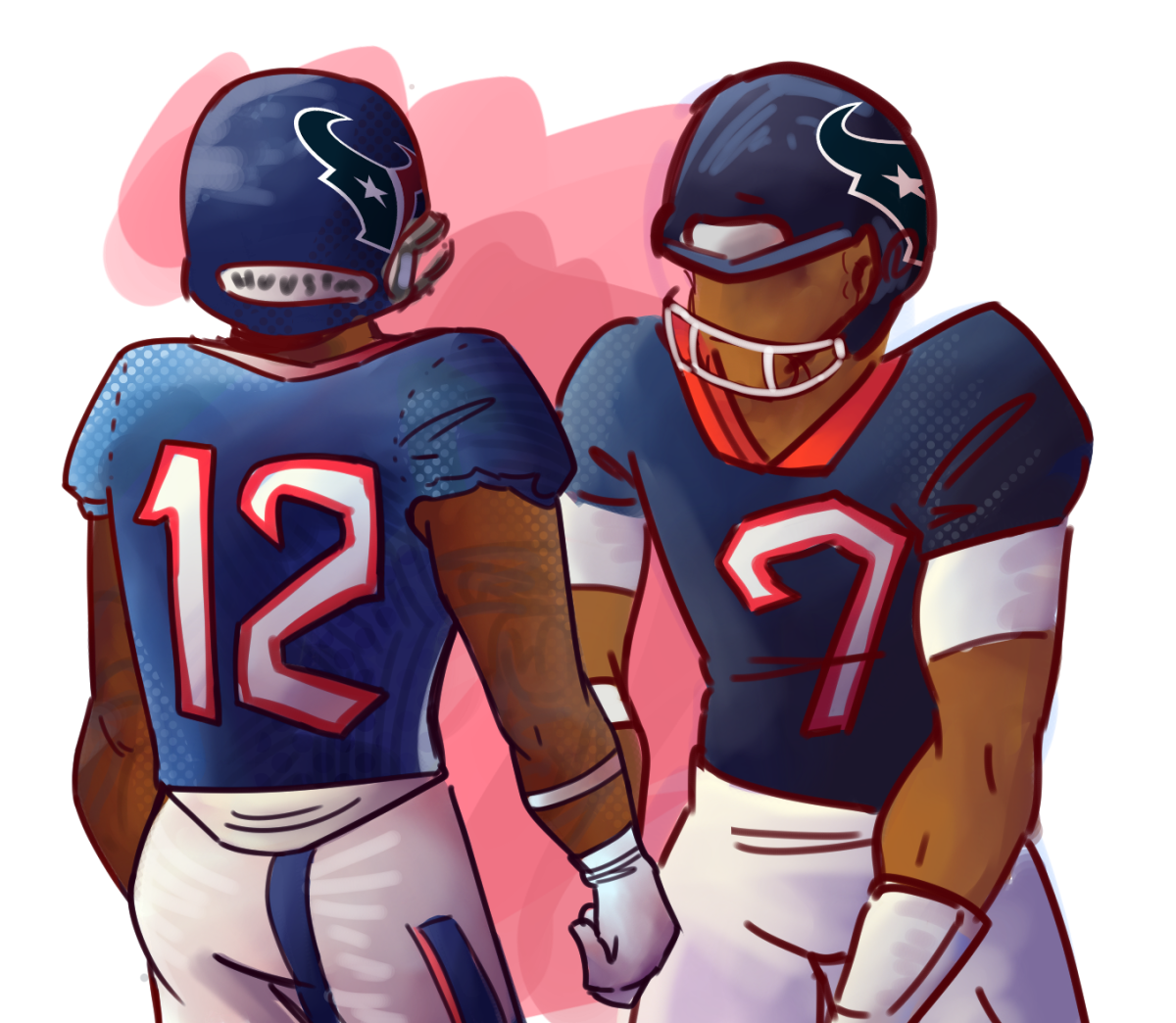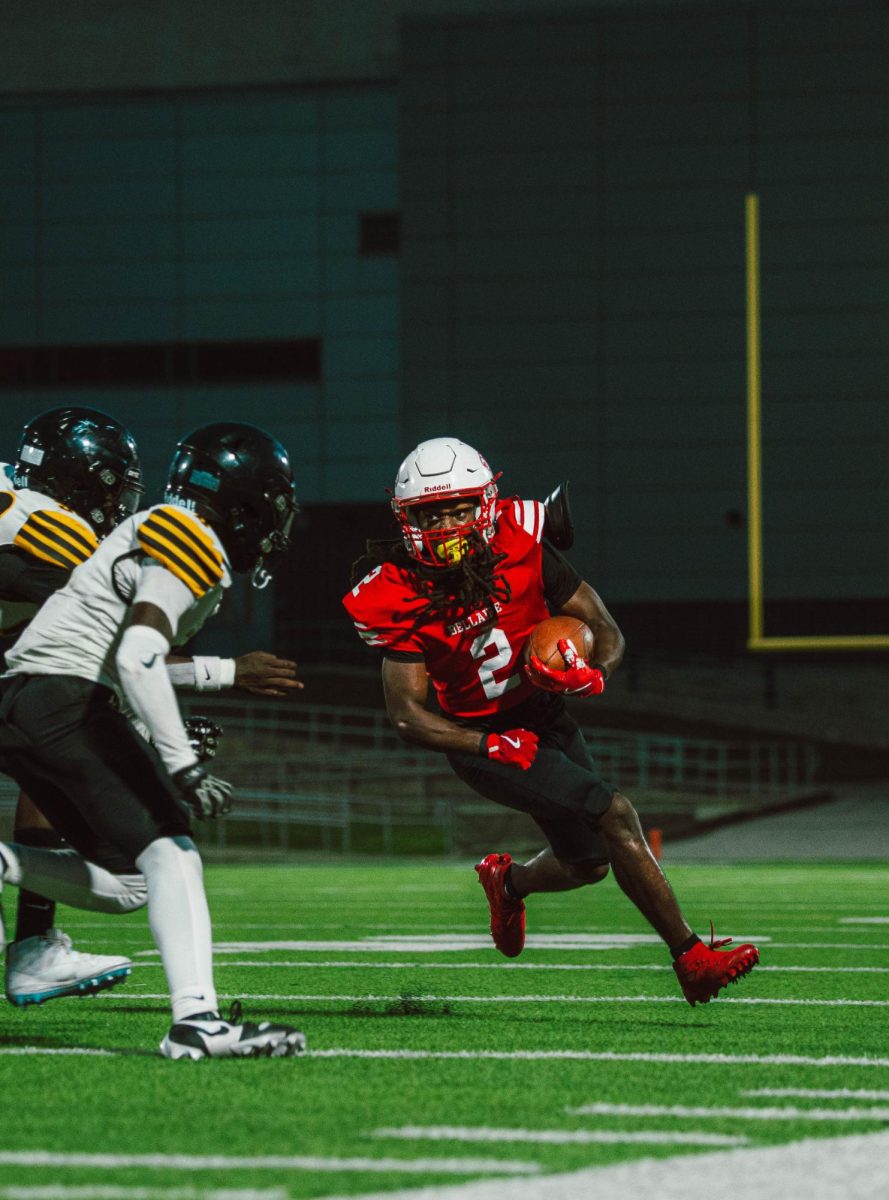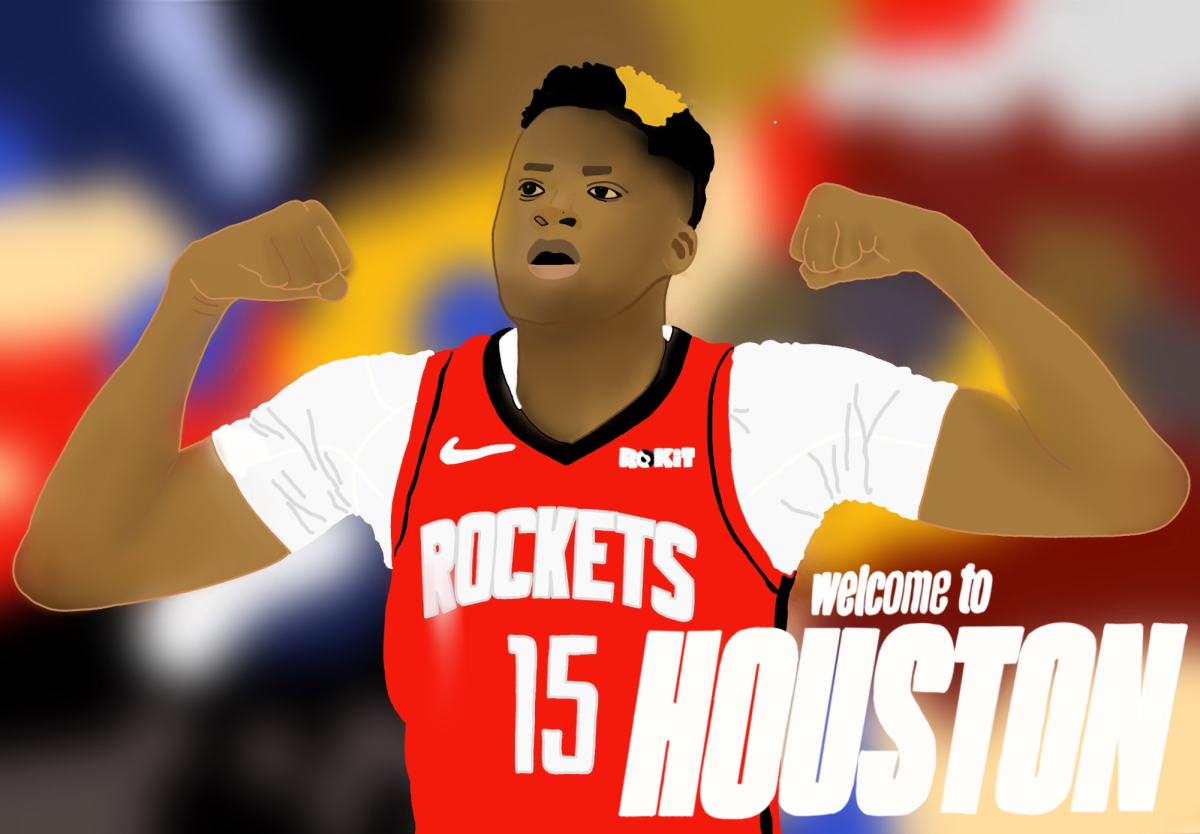Netflix called Mike Tyson and Jake Paul’s boxing match on Nov. 15 “a fight the world’s been waiting for.” CNN hailed it as “a boxing event unlike any other.” DirectTV promised a bout that would “go down in the history books,” featuring “heart-pounding action.”
I’ll tell you what it really was: a snoozefest.
This showdown sounded exciting on paper: an upstart, 27-year-old YouTube celebrity trying to prove his might as a fighter matched up against one of the greatest boxers of all time, albeit one suffering from old age.
Within the past few years, Jake Paul has gone from being a controversial internet celebrity to an up-and-coming boxer, picking up a 10-1 record entering his fight with Mike Tyson. Yet, he has been criticized for going against retired, older or non-professional fighters such as Anderson Silva, Nate Diaz and Nate Robinson, and lost to his one opponent, an active professional boxer, Tommy Fury. Regardless of the fact that his fights weren’t very exciting from a competitive standpoint, and rarely fair, they still drew in large viewerships thanks to him selecting recognizable opponents and stirring up controversy to attract more attention to himself.
The fight was originally scheduled for July but was delayed due to Tyson suffering a stomach ulcer. This gave Netflix and the organizers of the fight extra time to cultivate hype and build anticipation, and the undercard fights were all exhilarating, adding to the tension. But that illusion disappeared quickly after the bell rang to begin the first round.
Tyson looked like himself for the first moments of the fight, throwing punches with his signature intensity and convincingly gaining the upper hand in round one. Then reality set in. From the second round, Tyson looked less like a boxer and more like an old man with a bad knee, standing like a statue in the ring and biting his boxing gloves. The bout dragged on for eight rounds, with Paul throwing jabs while Tyson acted docile but managed to avoid being knocked out. And then it was over, with Paul being announced the winner.
The fight proved to be disappointing and fell massively short of providing the action that audiences were promised. But in hindsight, maybe it shouldn’t have been so surprising.
No matter how legendary he is, Tyson is still a 58-year-old trying to fight someone in their athletic prime. It’s a great accomplishment by itself that he could train and prepare enough to simply get into the ring, especially as he lasted the entire fight without getting knocked out. While the 31-year age difference was theoretically supposed to make it a fair, balanced fight, the outcome showed that people may have overestimated Tyson’s current boxing ability due to his status and legacy. Many viewers have been quick to accuse the fight of being rigged in favor of Paul, citing the discrepancy between Tyson’s agility during the fight versus clips of him preparing for it, or simply stating that they don’t think Paul could have realistically won a fair bout. However, no respected news outlet has actually backed this up.
Although there isn’t solid evidence that the fight was fixed, there’s no doubt that it represented a huge money grab. It drew in $18.1 million at the gate and broke streaming records by peaking at 65 million viewers on Netflix, the most for a streamed sporting event in U.S. history. Paul and Tyson each walked away with $40 and $20 million respectively. Fights like these are win-win scenarios: Tyson walks away with lots of money while Paul gets to build his clout even more and continue to build his brand so that he can earn even more from his next fight. Netflix makes some huge profits and also gains the potential to host more sporting events in the future.
The only losers from this entire exchange are the viewers, who are stuck with a lackluster “fight” and unacceptable streaming issues, like constant buffering, loading and freezing. Seriously, the only battle worth watching here was the battle between me and Netflix’s atrocious streaming issues.
Sports moving from cable to streaming is a relatively new trend, but it’s a worrying one. Netflix will also host the NFL’s annual Christmas Day games next month, which seems like it’s set to go even worse than the streaming nightmare we just witnessed, especially because this isn’t one boxing match on a Friday night but two games featuring four of the top teams in the nation’s most popular sports league. Netflix will have to get its act together, but will Netflix even feel incentivized to? No matter how much it seems like these streaming services just aren’t built to host sporting events, it’s clear that they just can’t resist the opportunity to cash in off of the viewership.
As viewers, we need to not only demand better but also manage our expectations to avoid being let down by future “fights.” If we’re really going to get the exciting, heart-pounding, history-book-worthy fighting events that are promised to us, then we need to hold athletes, event organizers and streaming providers accountable for delivering a worthwhile product. But for now, the next time I see that Paul is challenging a fighting sports legend, I’ll think back to this fight and decide that there are better uses for my time and better things for my electricity bill to be spent on.


